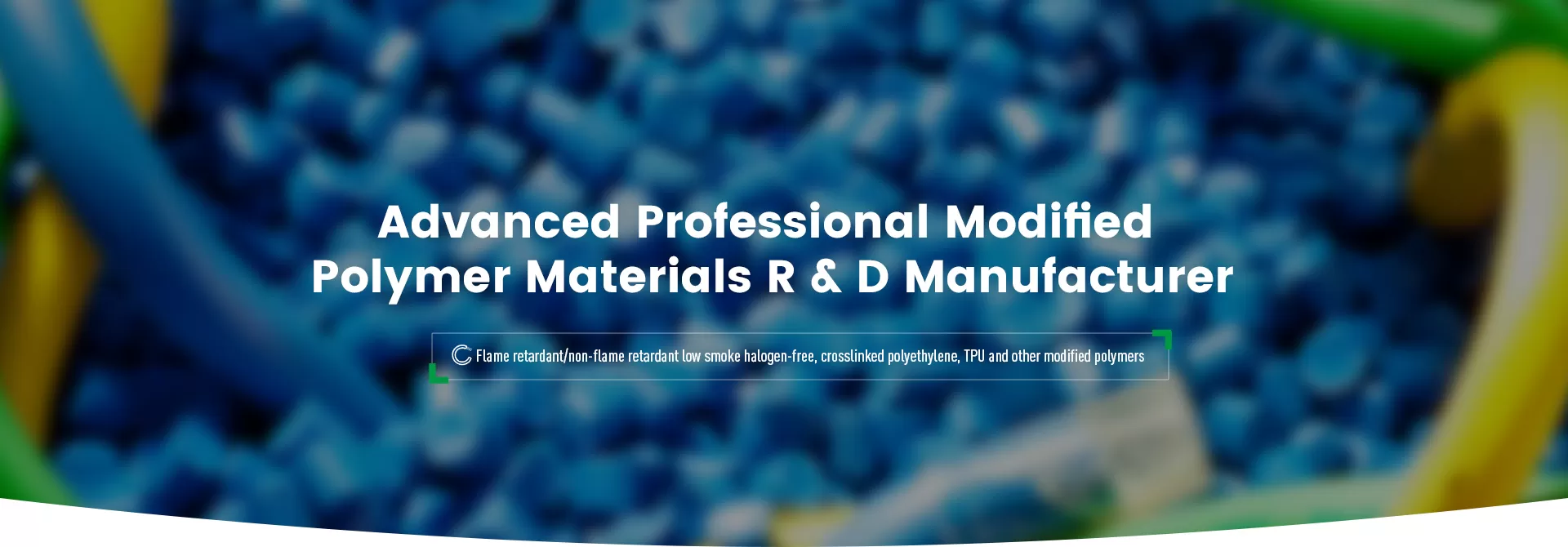
This is a question worth exploring in depth. From the perspective of physical properties, chemical structure, and practical applications, TPE and silicone have similarities, but there are still significant differences in chemical composition, structural mechanisms, and actual performance. (For a comprehensive look at the differences between TPE and silicone, see this article: TPE VS Silicone.)
TPE and Silicone show many similar properties in terms of elasticity, flexibility, weather resistance, and good chemical resistance, making TPE a preferred material for many industries as an alternative to silicone. TPE exhibits high-quality elasticity, which is derived from the soft and hard block structure in its molecular chain. The soft segment molecular chain stretches freely, while the hard segment provides stability. This design enables TPE to demonstrate stable resilience like silicone.
Despite the performance similarities, TPE and silicone differ significantly in their chemical structures.
Silicone features a network structure formed by the cross-linking of silicon-oxygen bonds (Si-O), which offers strong thermal stability and environmental adaptability. This cross-linking structure allows silicone to maintain stable performance under extreme temperatures ranging from high heat to low cold, as well as in ultraviolet (UV) exposure and other challenging conditions.
In contrast, TPE features a block copolymer structure with coexisting soft and hard segments. Its elasticity depends on the stretchability of the soft segment and the shape stability provided by the hard segment. However, TPE lacks the cross-linked three-dimensional network structure found in silicone, which means it may not match silicone’s thermal stability and performance in extreme environmental conditions.
To enhance its similarity to silicone, TPE can introduce siloxy groups (Si-O) or undergo siliconization modification. This process enhances TPE’s environmental adaptability and weather resistance, making it closer to silicone in performance. However, even with these modifications, TPE cannot fully replicate the cross-linking stability that silicone’s liquid silicone rubber (LSR) structure provides.
One of the most significant distinctions between TPE and silicone lies in their production processes and associated costs. Silicone production involves a complex silicon-based cross-linking process, which is time-consuming and costly. On the other hand, TPE, with its thermoplastic properties, can be efficiently manufactured using standard plastic processing techniques such as injection molding, extrusion, and blow molding. These processes allow for shorter production cycles and reduced costs, making TPE an attractive option for many industries.
Moreover, the thermoplastic elastomer injection molding process enables customization of TPE’s performance by adjusting formulations and processing conditions. This flexibility allows TPE to cater to various application areas, particularly those that are cost-sensitive.
While TPE and silicone have overlapping applications, their differences in performance lead to distinct use cases. Silicone, known for its exceptional high-temperature resistance, UV resistance, and environmental adaptability, is widely used in applications such as medical devices, automotive seals, aerospace components, and electronic devices. It excels in scenarios where stability under extreme temperatures and challenging environments is critical.
TPE, however, is more suitable for cost-sensitive applications with shorter production cycles. It is commonly used in consumer electronics, household goods, automotive seals, and medical device casings. Additionally, TPE’s raw material flexibility allows for tailored solutions to meet specific requirements in various industries.
TPE does exhibit properties close to silicone, including elasticity, flexibility, UV radiation resistance, tear resistance, and adaptability to temperatures ranging from moderate to extreme. However, significant differences remain in their chemical structures, cross-linking methods, and thermal stability.
While TPE offers a cost-effective alternative to silicone, especially in processing technology and production efficiency, it cannot fully replace silicone in terms of core properties such as chemical stability and temperature resistance range. Through advanced molecular design and chemical modification, TPE can approach the performance of silicone in specific areas, but it remains distinct in its overall characteristics.